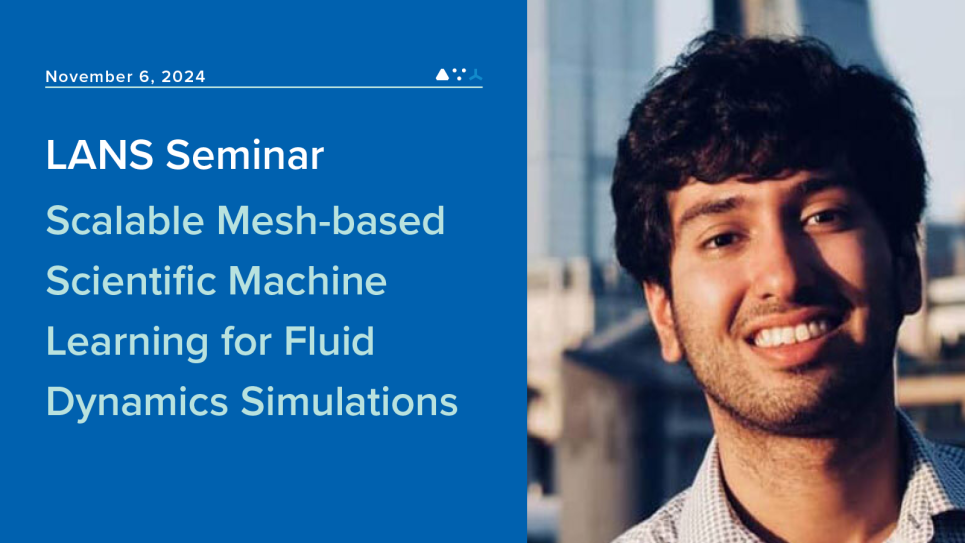
Scalable Mesh-based Scientific Machine Learning for Fluid Dynamics Simulations
With the availability of large spatiotemporal datasets, scientific machine learning (SciML) models are emerging as promising tools to accelerate numerical predictions of fluid dynamics. However, a fundamental challenge is ensuring that the training and evaluation procedures for these models are compatible with data generated by extremely high-fidelity simulations (involving billions of degrees of freedom) within complex geometries. To meet the demands of both complex physics and geometry, realistic simulation datasets are not only very large (high-resolution snapshots), but are also characterized by unstructured and/or adaptive mesh discretizations. Methods naturally compatible with these mesh-based representations are essential for SciML models to become practical for real-world industrial applications. To address this, we introduce new SciML models for fluid flows rooted in geometric deep learning, leveraging mesh-based graph neural networks (GNNs) as the backbone. In this context, we focus on integrating GNNs with NekRS, Argonne’s exascale computational fluid dynamics solver. We demonstrate how properly constructed GNNs can (a) be designed to perform challenging modeling tasks (e.g., surrogate modeling and super-resolution of turbulent flows) on large unstructured meshes, and (b) scale efficiently to thousands of GPUs, enabling them to handle mesh-based graphs with up to 1 billion nodes.
Bio: Shivam Barwey is the Argonne Energy Technology and Security (AETS) Fellow in the Transportation and Power Systems division. Before that, he was a postdoctoral appointee at the Argonne Leadership Computing Facility. He received his PhD at the University of Michigan in the Department of Aerospace Engineering. His research interests lie at the intersection of scientific machine learning, computational fluid dynamics, and high-performance computing, with application interests in next-generation power and propulsion systems.
See all upcoming talks at https://www.anl.gov/mcs/lans-seminars